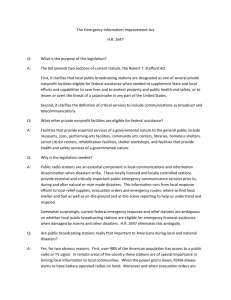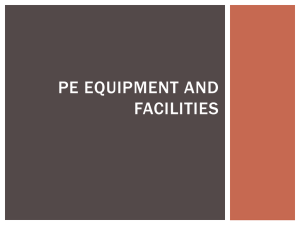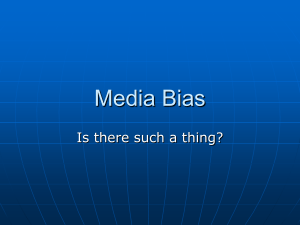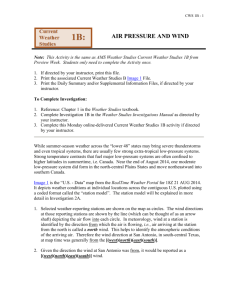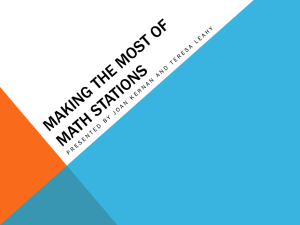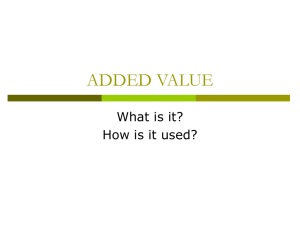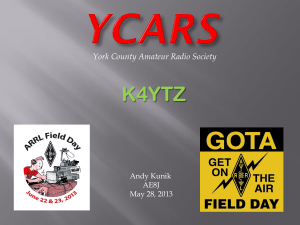Biology 241 – Lab
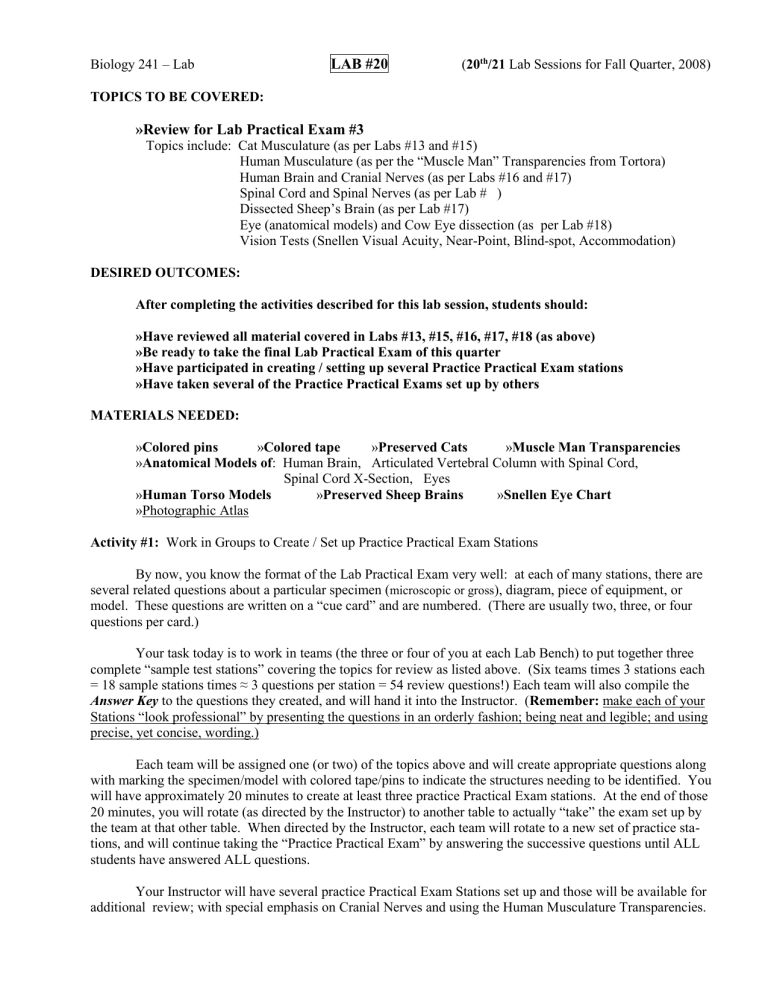
Biology 241 – Lab
LAB #20
( 20 th /21 Lab Sessions for Fall Quarter, 2008)
TOPICS TO BE COVERED:
»Review for Lab Practical Exam #3
Topics include: Cat Musculature (as per Labs #13 and #15)
Human Musculature (as per the “Muscle Man” Transparencies from Tortora)
Human Brain and Cranial Nerves (as per Labs #16 and #17)
Spinal Cord and Spinal Nerves (as per Lab # )
Dissected Sheep’s Brain (as per Lab #17)
Eye (anatomical models) and Cow Eye dissection (as per Lab #18)
Vision Tests (Snellen Visual Acuity, Near-Point, Blind-spot, Accommodation)
DESIRED OUTCOMES:
After completing the activities described for this lab session, students should:
»Have reviewed all material covered in Labs #13, #15, #16, #17, #18 (as above)
»Be ready to take the final Lab Practical Exam of this quarter
»Have participated in creating / setting up several Practice Practical Exam stations
»Have taken several of the Practice Practical Exams set up by others
MATERIALS NEEDED:
»
Colored pins » Colored tape » Preserved Cats
»
Muscle Man Transparencies
»
Anatomical Models of : Human Brain, Articulated Vertebral Column with Spinal Cord,
Spinal Cord X-Section, Eyes
»
Human Torso Models
»
Preserved Sheep Brains
»Photographic Atlas
»
Snellen Eye Chart
Activity #1: Work in Groups to Create / Set up Practice Practical Exam Stations
By now, you know the format of the Lab Practical Exam very well: at each of many stations, there are several related questions about a particular specimen ( microscopic or gross ), diagram, piece of equipment, or model. These questions are written on a “cue card” and are numbered. (There are usually two, three, or four questions per card.)
Your task today is to work in teams (the three or four of you at each Lab Bench) to put together three complete “sample test stations” covering the topics for review as listed above. (Six teams times 3 stations each
= 18 sample stations times ≈ 3 questions per station = 54 review questions!) Each team will also compile the
Answer Key to the questions they created, and will hand it into the Instructor. ( Remember: make each of your
Stations “look professional” by presenting the questions in an orderly fashion; being neat and legible; and using precise, yet concise, wording.)
Each team will be assigned one (or two) of the topics above and will create appropriate questions along with marking the specimen/model with colored tape/pins to indicate the structures needing to be identified. You will have approximately 20 minutes to create at least three practice Practical Exam stations. At the end of those
20 minutes, you will rotate (as directed by the Instructor) to another table to actually “take” the exam set up by the team at that other table. When directed by the Instructor, each team will rotate to a new set of practice stations, and will continue taking the “Practice Practical Exam” by answering the successive questions until ALL students have answered ALL questions.
Your Instructor will have several practice Practical Exam Stations set up and those will be available for additional review; with special emphasis on Cranial Nerves and using the Human Musculature Transparencies.




